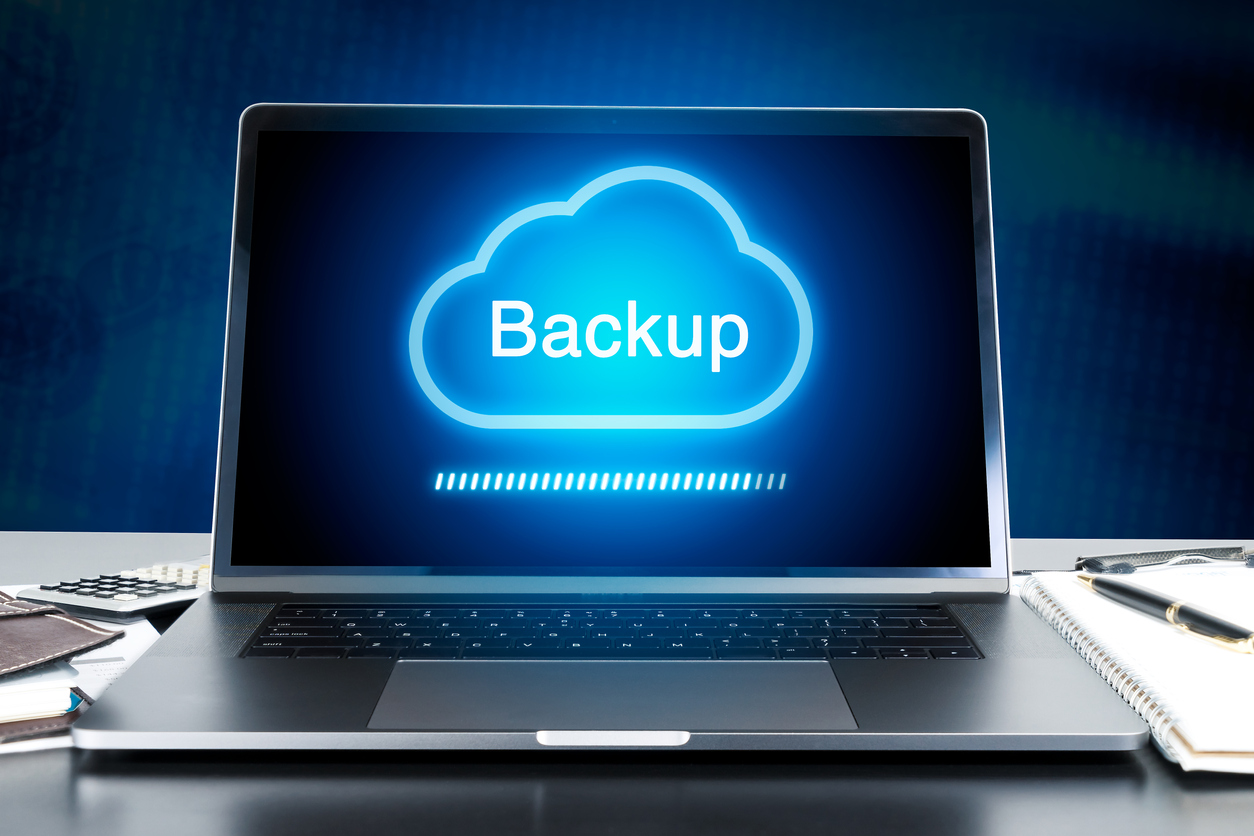There are a number of options for local and cloud-based backup and recovery solutions. In our last blog, we discussed the issues with local tape-based backups. Most cloud backup services provide a basic subset of services for backing up and restoring production data. The list below shows the seven basic services every cloud backup provider should offer its clients. If your provider isn’t offering these basic services, you should find another cloud provider.
- Multi-site, off-site backup– Your cloud backups are replicated and stored at two or more Tier 3 data centers for protection in the event of a disaster.
- Pay-as-you-go pricing– You pay for the backup storage space you use (Storage space usage model) or you pay for a lower-cost backup storage license paired with a separate recovery service based on how much data you recover each year (Recovery-based pricing model).
- End-to-end encryption– Backups are encrypted at all stages of the backup process, for security and compliance.
- Incremental backups– Full scheduled backups are performed, followed by incremental backups that only save changes that have occurred since the last full backup. Incremental backup options included file level backups (changed files are backed up), block level backups (changed storage level blocks are backed up), or byte-level backups (changed object bytes are backed up).
- Backup compression and data duplication reduction– Reducing backup storage usage by compressing backup results.
- Current version restores– Restoring the current version of an object, file system, or operating system.
- Point-in-time recovery– Restoring or recovering a data set to a specific date and time. Useful for restoring corrupted data.
While the seven basics backup and recovery services are good, they don’t cover all your cloud backup needs…not by a long shot. That’s why you need an enhanced IBM i cloud backup solution, such as CloudFirst Backup Management Services (BMS).
BMS builds on the seven basic services to provide enhanced capabilities, including:
- Local and remote backups and restores– BMS stores backup data on local appliances that are replicated to the cloud. Faster local recovery is used for everyday restores, while cloud recovery is used for emergency restores when local capabilities aren’t available.
- Backup management– BMS allows you to create and manage your own backup schedule, containing the data sets you need, taken exactly when you needed them backed up (i.e., end of day, end of month), instead of relying on the cloud backup provider to manage and schedule backup jobs for you.
- 24×7 backup logging, reviewing, monitoring, and reporting– BMS allows you to log back up results and events into logs, SYSLOG, or a Security Information and Event Management system (SIEM). You can review and report on your back up activity. Backup activity is monitored, and alerts are issued when problems occurs.
- Service Level Agreements (SLAs) – that enforce your Recovery Time Objectives (RTOs) and Recovery Point Objective (RPO) goals. SLAs provide enforceable guarantees that your data will be backed up and available on your schedule, not on the vendor’s schedule.
Backup Management Service (BMS) provides enhanced features, improved security and faster restore times for your IBM i system. It’s time to move into the future with CloudFirst’s affordable, BMS. Please contact us for a demo or call 212-564-4922.

